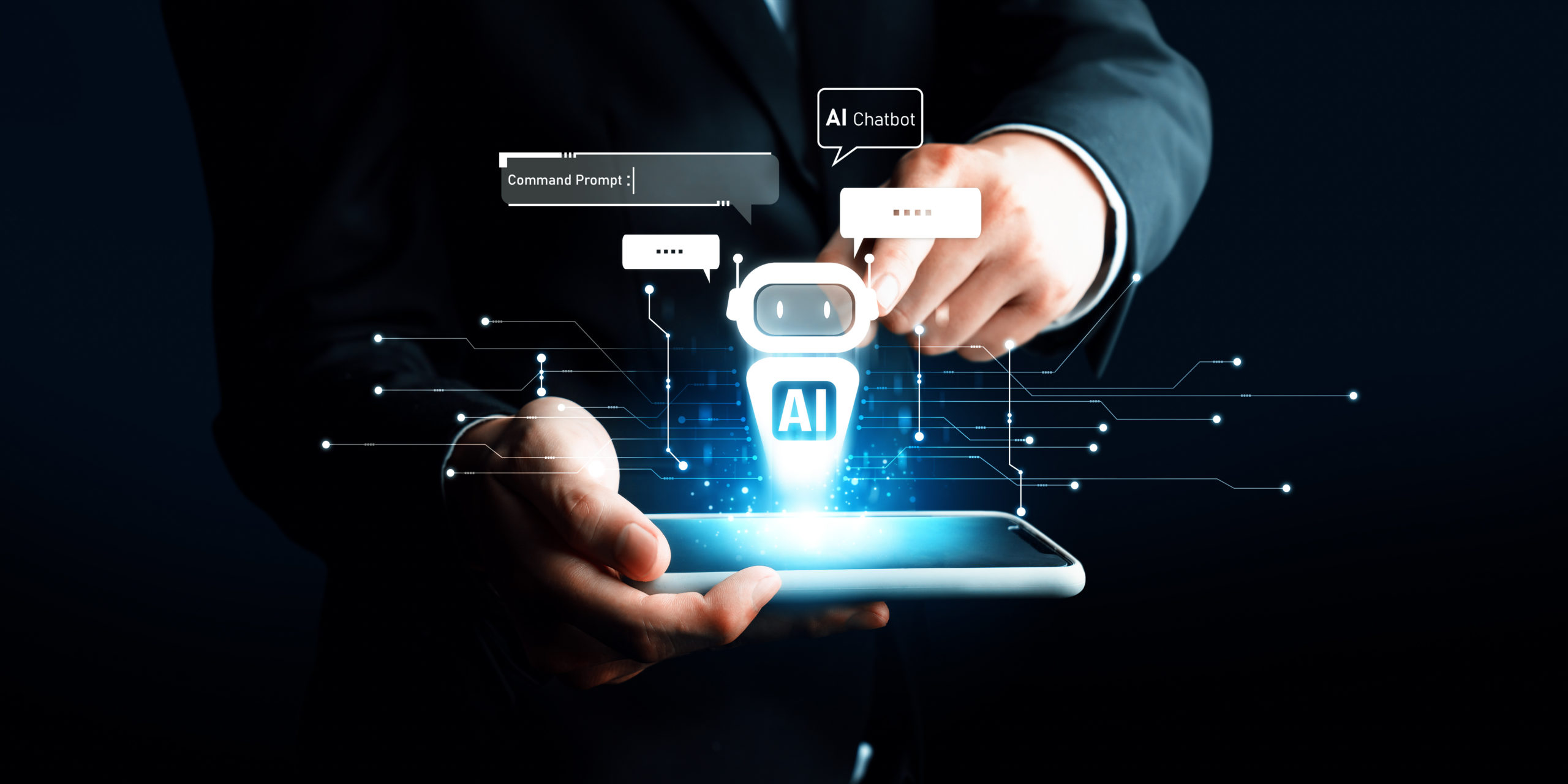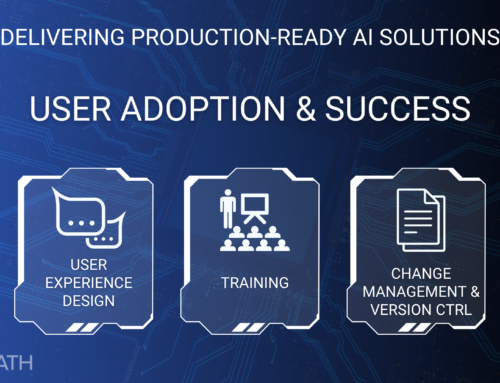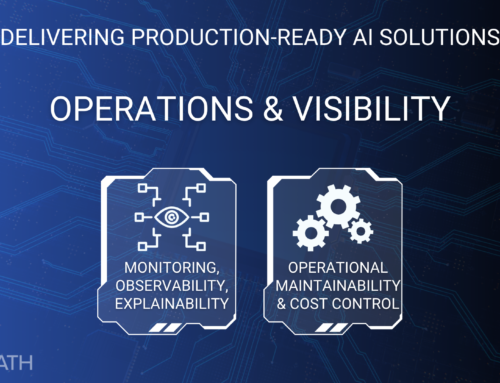Large Language Model (LLM) chatbots are very popular, for personal use, for small businesses, and for enterprises. But how do the various chatbot models compare to each other for enterprise readiness?
Some of the latest models stand out for their focus on security, scalability, and business use cases. First we will compare the features and enterprise-readiness of various models, then we will look at some enterprise use cases.
Here are some of the options for deploying LLMs in an enterprise environment:
1. Cohere
- Why It's Good for Enterprise: Cohere is designed specifically for enterprise applications such as company-wide search engines, document processing, and semantic analysis of internal data (e.g., sales data, emails, and call transcripts). Its focus on data privacy and security makes it an excellent fit for organizations handling sensitive information.
- Features: Cohere offers highly customizable models that are deployable on various cloud platforms (AWS, GCP, Azure) and even on-premise environments, which is critical for companies with stringent compliance requirements.
2. OpenAI's GPT-4 (ChatGPT)
- Why It's Good for Enterprise: GPT-4 is highly versatile, offering multi-modal capabilities (handling text, images, and code) that can be applied across various industries. It also integrates easily with other software via APIs, enabling businesses to automate tasks like customer service, coding, and document generation.
- Enterprise Features: OpenAI provides an Enterprise API with support for dedicated capacity, better performance, and enhanced security features for handling confidential data.
- Popular Use Cases: GPT-4 is used for a wide range of applications, including virtual assistants, legal document generation, and HR automation.
3. Google Gemini
- Why It's Good for Enterprise: Gemini 1.5, developed by Google DeepMind, is specifically integrated into Google Workspace, making it a strong option for businesses already using Google's ecosystem. It offers seamless connectivity with tools like Google Docs, Sheets, and Gmail, streamlining document analysis, email generation, and data summarization tasks.
- Enterprise Features: Gemini provides an advanced multi-modal AI assistant for professionals, handling tasks across both structured and unstructured data. It also offers strong reasoning capabilities and supports complex data queries.
4. Anthropic's Claude 3
- Why It's Good for Enterprise: Claude 3 is noted for its large context window (up to 200,000 tokens), making it particularly useful for handling large datasets and long conversations. Its conversational AI capabilities are tailored to tasks requiring friendly, articulate responses, ideal for customer support, legal review, or other document-heavy industries.
- Enterprise Features: Claude 3 emphasizes data privacy and contextual understanding, making it well-suited for businesses that need to process vast amounts of information while maintaining conversational continuity.
5. IBM Watson
- Why It's Good for Enterprise: Watson has long been used in sectors like healthcare, finance, and customer service due to its focus on industry-specific applications and regulatory compliance. IBM's expertise in these fields ensures Watson is equipped to handle highly sensitive data with a focus on data privacy.
- Enterprise Features: Watson offers customizable solutions and APIs focused on data analysis, decision support, and insight generation in business workflows. It integrates well with legacy systems, making it a good choice for businesses looking for a specialized AI tool.
6. Mistral Mixtral 8x22B
- Why It's Good for Enterprise: Mistral's Mixtral 8x22B is a sparse Mixture-of-Experts model that balances performance and cost, making it a suitable choice for businesses looking to optimize their AI investments. Its sparse model architecture uses fewer active parameters while maintaining high accuracy, which can be useful for cost-conscious enterprises.
- Enterprise Features: It is highly efficient in handling complex queries and can be scaled for enterprise tasks such as large-scale text generation, coding, and data analysis.
And here are some general enterprise use cases with a comparison of various models:
1. Customer Support and Service Automation
- Use Case: Automating customer queries, handling FAQs, troubleshooting, and providing 24/7 support without the need for human agents. LLM chatbots can manage routine queries, freeing up customer service teams for more complex tasks.
- Example: ChatGPT or Claude 3 can handle large volumes of customer interactions, understand context over long conversations, and escalate issues to human agents when necessary.
- Benefit: Reduces response time, lowers operational costs, and improves customer satisfaction.
2. HR & Employee Assistance
- Use Case: LLM chatbots can be integrated into HR systems to assist employees with routine tasks such as answering HR policy questions, applying for leave, or checking benefits.
- Example: A Claude 3-based chatbot can provide personalized answers to employee queries regarding vacation policies, pay stubs, or internal processes.
- Benefit: Reduces the administrative burden on HR staff, enhances employee self-service, and provides quick and consistent responses.
3. Document Summarization and Data Processing
- Use Case: Enterprises generate vast amounts of data in reports, contracts, and communications. LLM chatbots can summarize lengthy documents, extract key points, and generate insights.
- Example: Google Gemini or Claude 3 can process long documents, summarizing contracts or research papers for legal teams or executives.
- Benefit: Saves time, improves productivity, and aids decision-making by delivering concise, relevant information.
4. Sales and Marketing Automation
- Use Case: Automating lead qualification, personalized product recommendations, content generation for marketing campaigns, and customer engagement.
- Example: A GPT-4 chatbot can automatically respond to inquiries on websites or via emails, tailor marketing messages based on customer preferences, and generate marketing materials like blogs or product descriptions.
- Benefit: Boosts lead conversion, provides personalized experiences, and reduces time spent on content creation.
5. IT Support and Helpdesk
- Use Case: Assisting employees with troubleshooting IT issues, answering technical questions, resetting passwords, or guiding users through IT workflows.
- Example: A Cohere chatbot could integrate with an internal IT helpdesk, diagnosing common issues and offering solutions without the need for IT personnel to intervene.
- Benefit: Reduces downtime, improves service desk efficiency, and allows IT staff to focus on more complex problems.
6. Legal and Compliance Assistance
- Use Case: Automating legal document review, contract analysis, and compliance checks. LLMs can assist legal teams by extracting clauses, checking regulatory compliance, and summarizing legal texts.
- Example: A Watson-based chatbot can analyze contracts, flag risks, and summarize key points for legal teams.
- Benefit: Reduces manual workload, enhances accuracy, and speeds up legal processes.
7. Financial Analysis and Reporting
- Use Case: Automating the analysis of financial reports, generating forecasts, and summarizing key performance indicators (KPIs).
- Example: Google Gemini or Claude 3 could be used by financial analysts to automatically generate summaries of quarterly financial reports or generate insights from raw financial data.
- Benefit: Streamlines financial reporting, provides real-time insights, and supports better decision-making.
8. Healthcare and Patient Assistance
- Use Case: Providing patients with healthcare information, answering queries about symptoms, booking appointments, or offering follow-up care advice.
- Example: Watson Health can be used by healthcare providers to answer patient queries about medications, treatment plans, or symptoms, reducing the workload on medical staff.
- Benefit: Enhances patient care, reduces the burden on healthcare professionals, and improves access to information.
9. Internal Knowledge Management
- Use Case: LLM chatbots can assist employees in retrieving knowledge from internal databases, wikis, or shared documents.
- Example: A GPT-4-powered chatbot could act as an internal search assistant, helping employees quickly find relevant company policies or technical documentation.
- Benefit: Increases productivity by streamlining knowledge retrieval and reduces reliance on manual document searches.
10. Virtual Meeting Assistants
- Use Case: LLM chatbots can join virtual meetings, take notes, summarize key discussion points, and generate actionable insights.
- Example: A Google Gemini-powered chatbot could attend team meetings, automatically generate summaries, and distribute action items to participants.
- Benefit: Improves meeting efficiency, ensures nothing is missed, and saves time on manual note-taking.
Conclusion:
- For highly regulated industries (e.g., healthcare, finance), IBM Watson and Cohere offer strong compliance and security features.
- For businesses using Google's suite, Google Gemini integrates seamlessly with Google Workspace, offering specialized tools.
- For general-purpose use and a wide range of tasks, GPT-4 and Claude 3 provide strong conversational and analytical capabilities, ideal for automation and customer service.
LLM chatbots are transforming how enterprises handle tasks ranging from customer support and HR management to legal document review and IT support. The automation of routine tasks and the generation of insightful data can improve productivity, reduce costs, and enhance decision-making across various sectors. Each model has its strengths, and the best choice depends on the specific needs of the enterprise, including industry regulations, scalability requirements, and budget.





